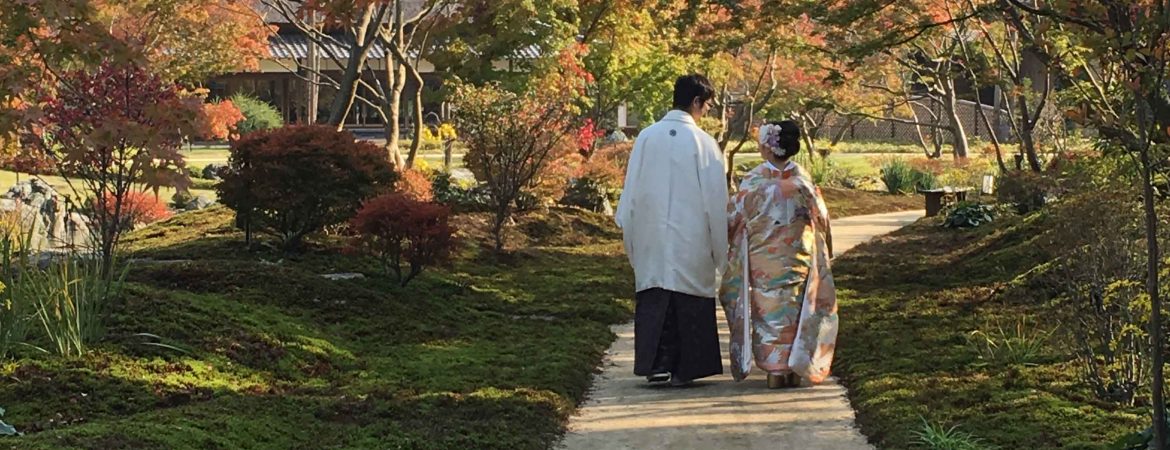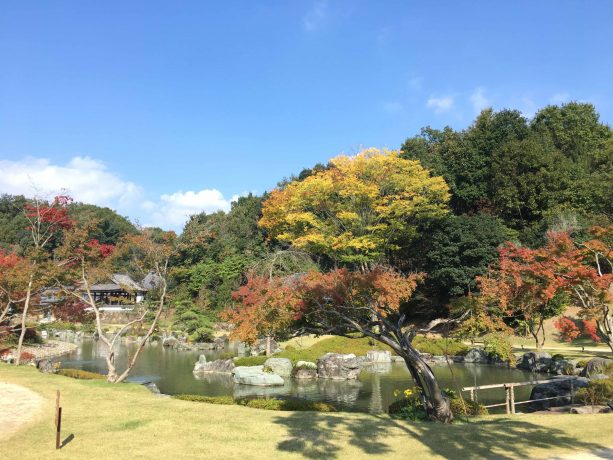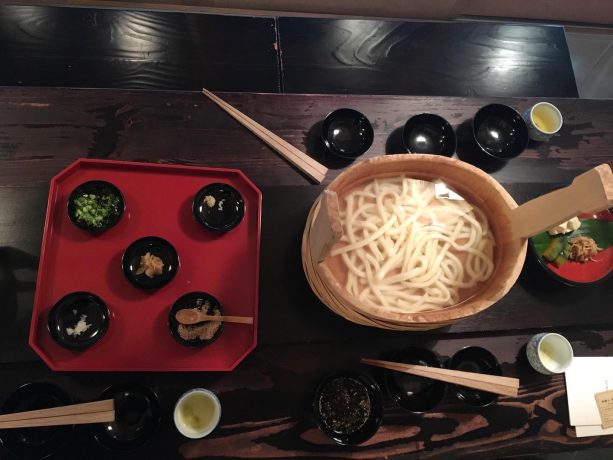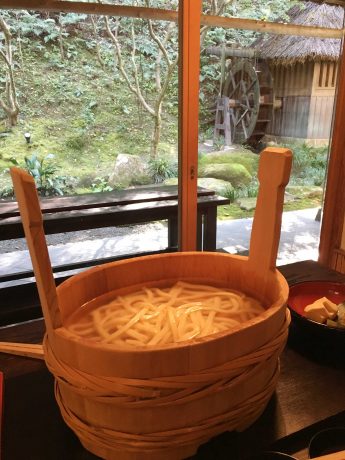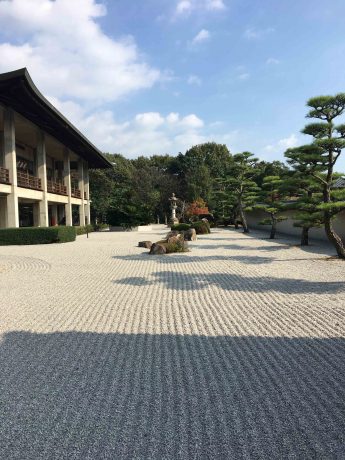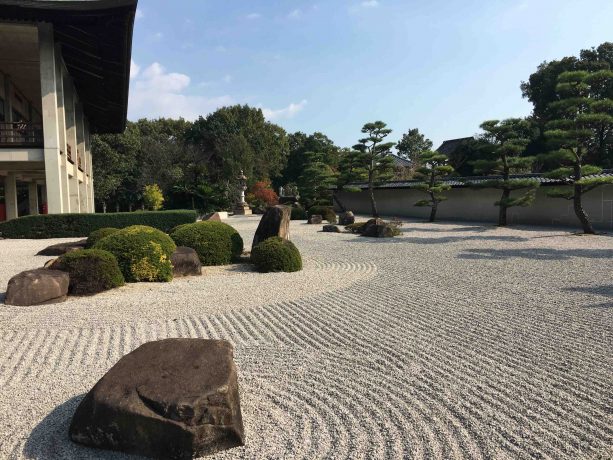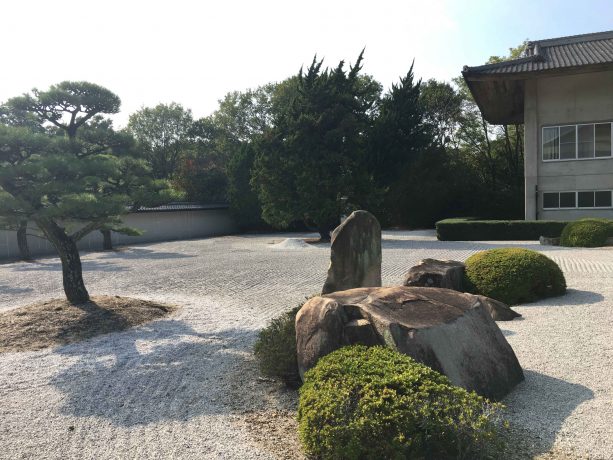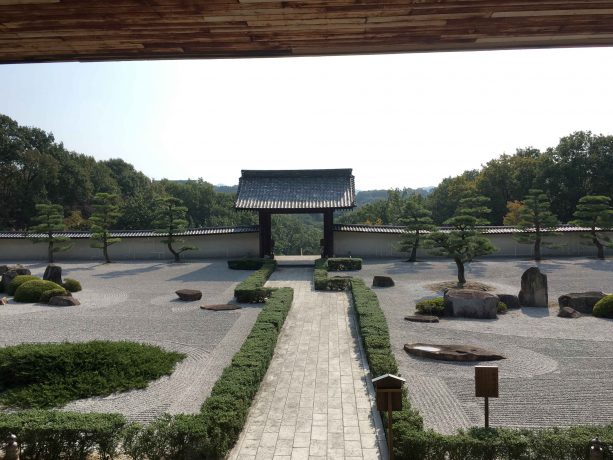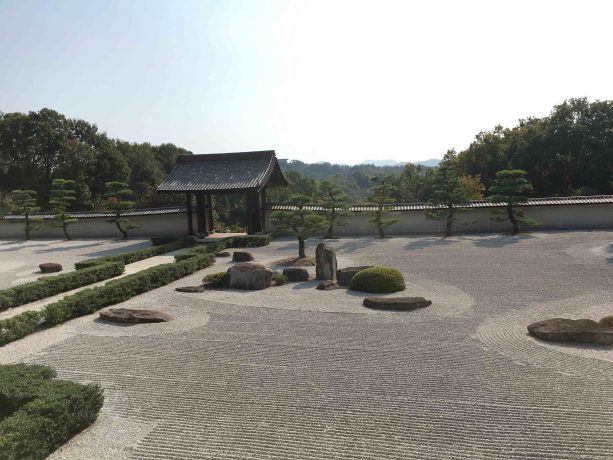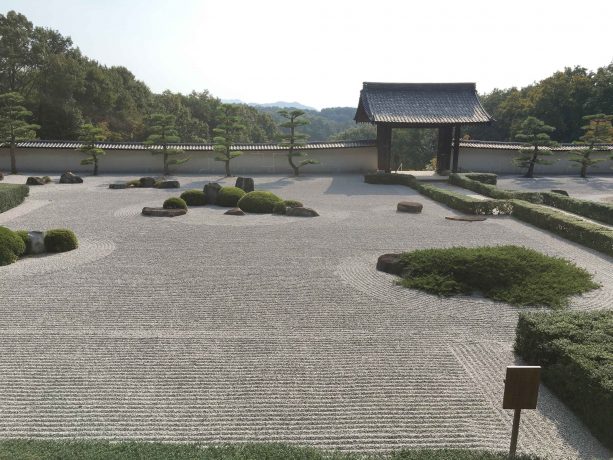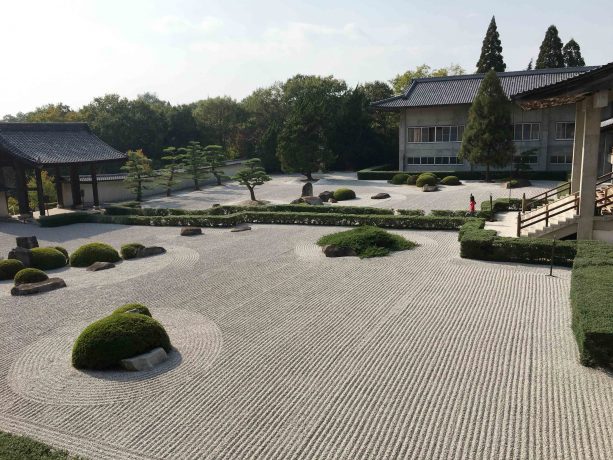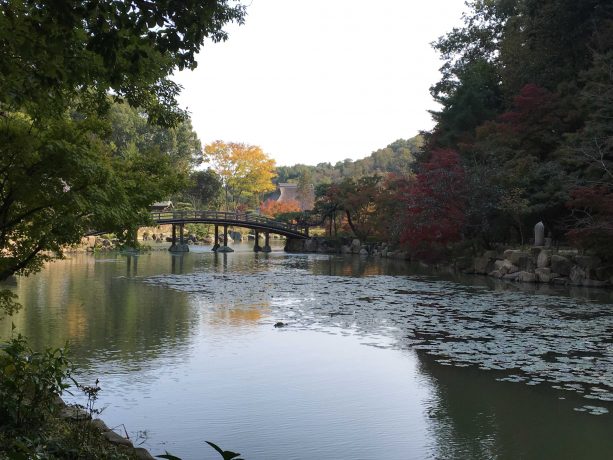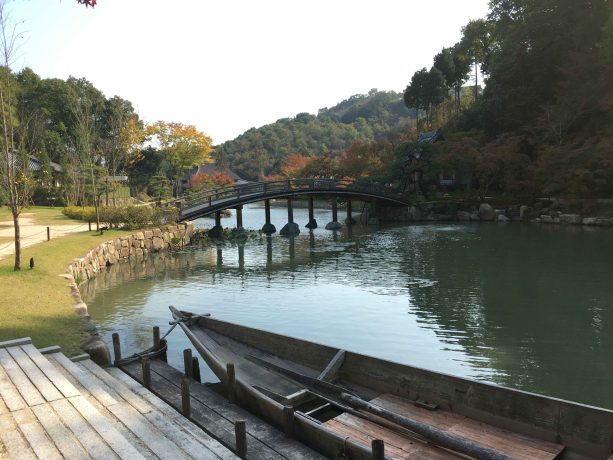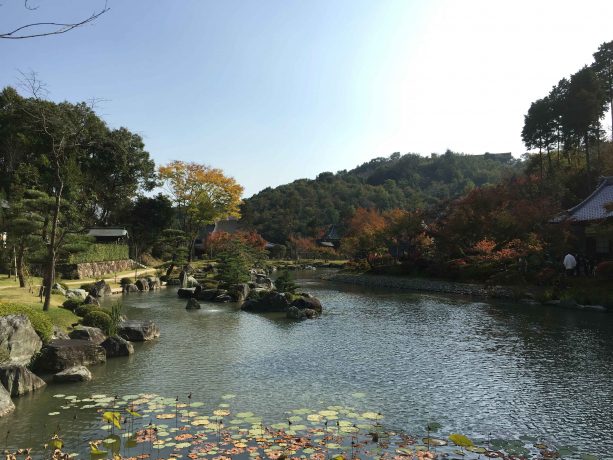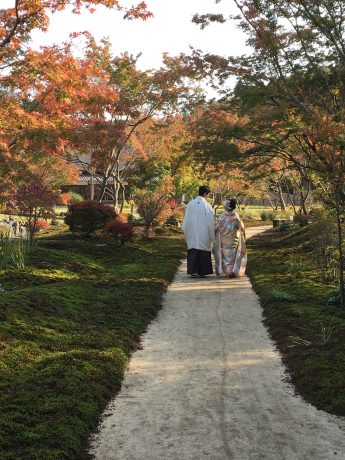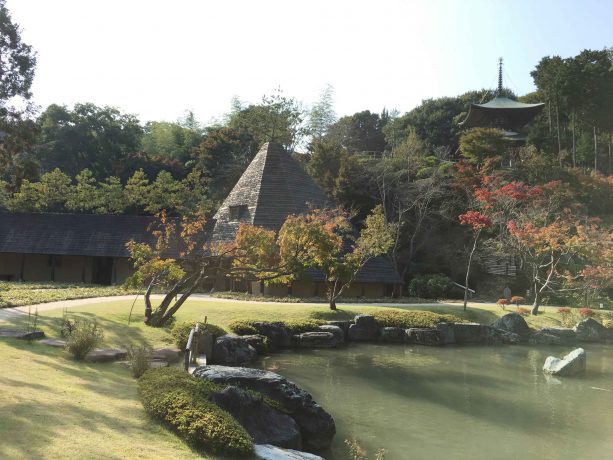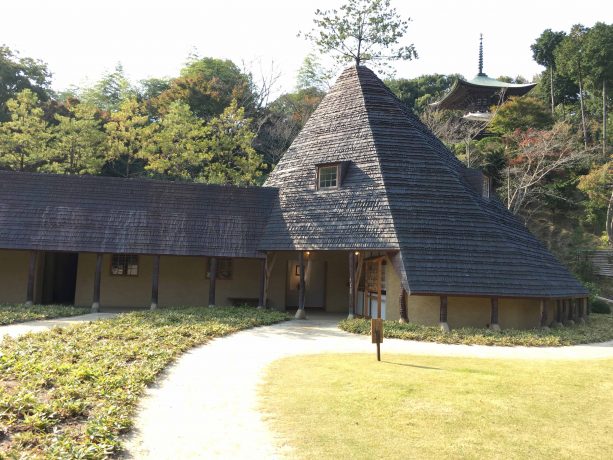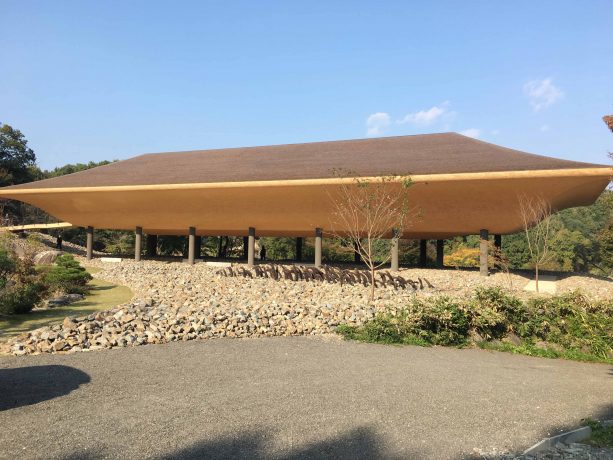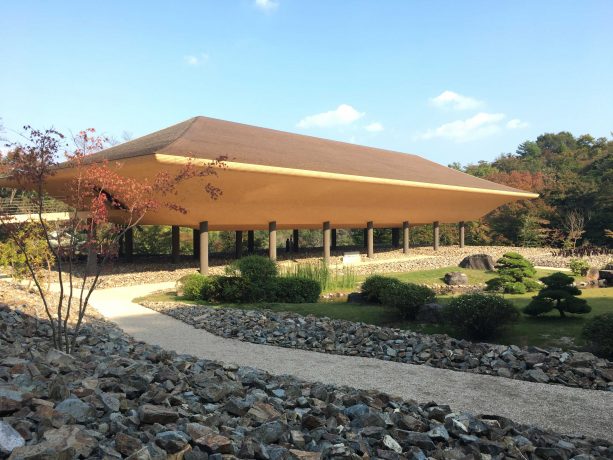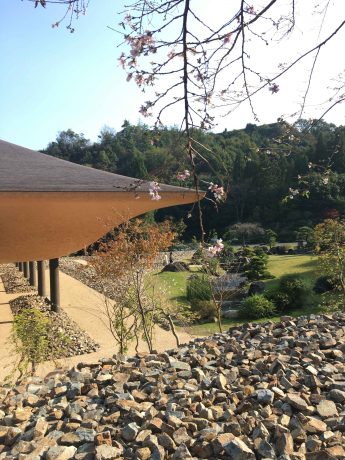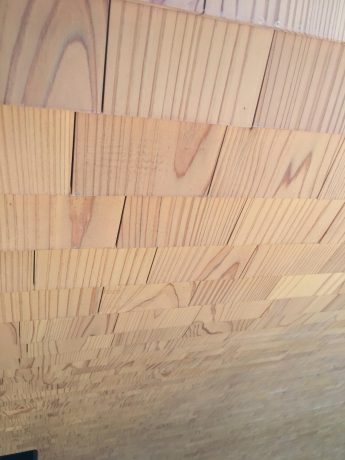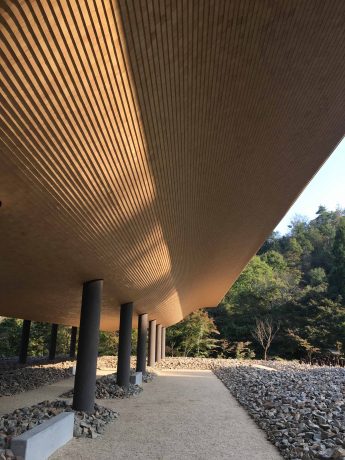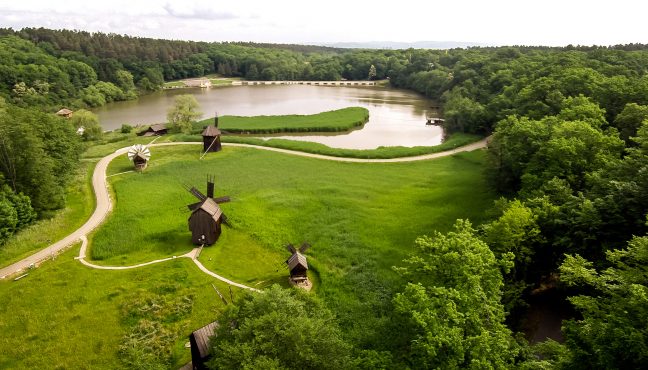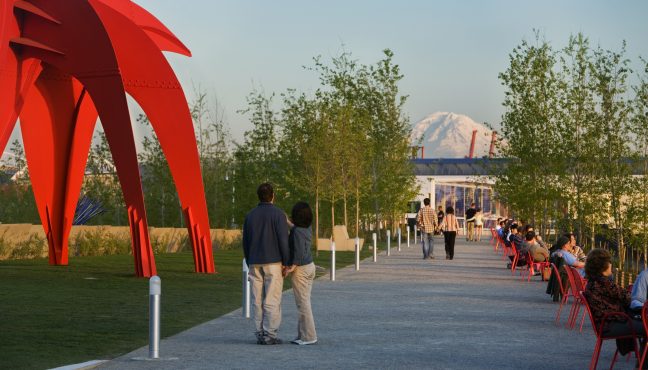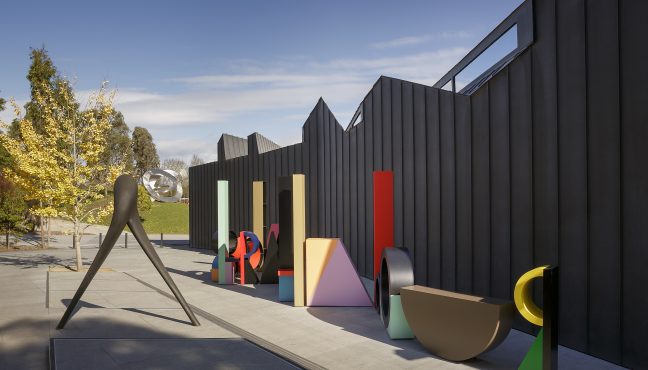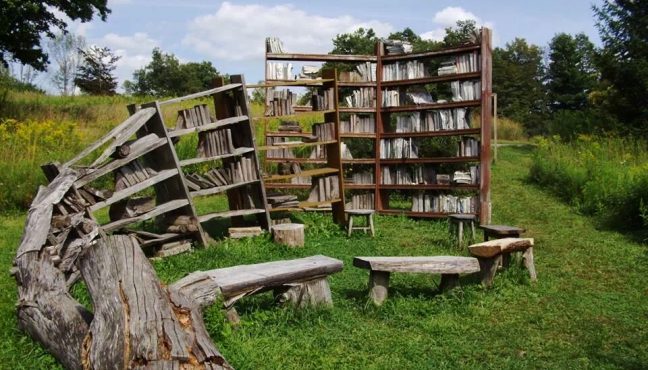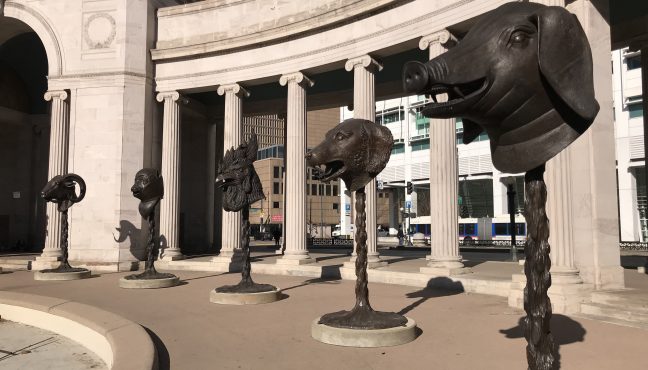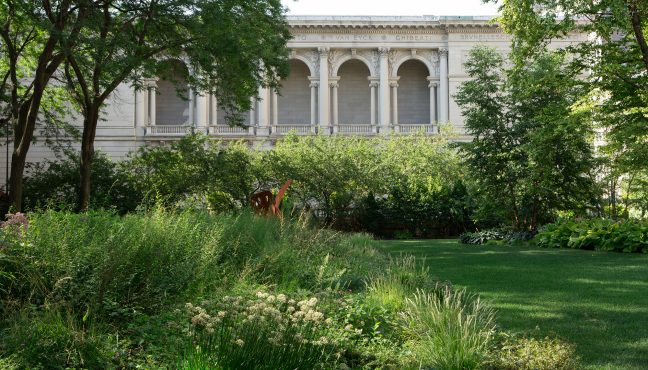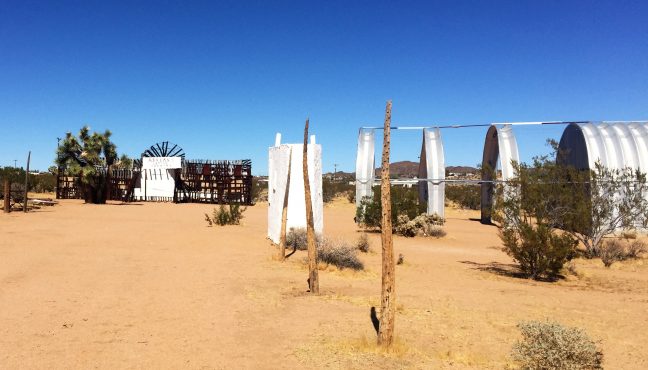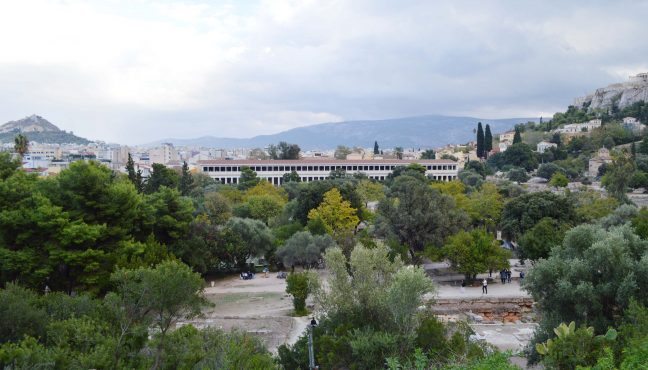While touring the southern part of the Hiroshima prefecture in Japan we stopped at a lovely seaside town of Onomichi for a picturesque bike stroll across the chain of the islands. Little did we know we were about to stumble upon one of the most incredible museum discoveries in Japan.
In a hotel, we noticed a brochure offering a rather unique experience - a day of Zen training at the Shinshoji Zen Museum and Gardens. Avidly interested in Japanese culture we got very intrigued and even though we couldn't attend the Zen camp as it required booking in advance we decided to head for a traditional Zen monks lunch which was also on offer.
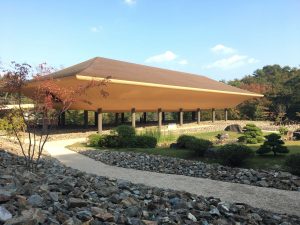
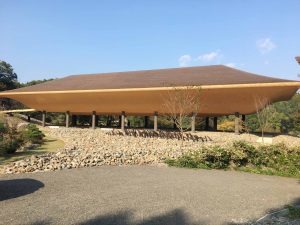
Not expecting much and having never heard of this place before it would not be an exaggeration to say we were absolutely stunned as soon as we arrived at the central gate of the museum. Everything about this place enveloped in peace and quietness, harmony was in everything our eyes caught, our noses smelled and our ears heard.
We were greeted by a lovely gentlemen, an English speaking Buddhist monk, who came from Germany to learn about Zen many years ago and, not surprisingly, stayed. Currently running his own temple in Kyoto he is often here at Shinshoji Zen Museum to welcome guests and host Zen experiences.
He told us about the story of this magical museum, but first suggested we Stroll, Relax, Contemplate and Meditate while enjoying an unforgettable Zen Experience.
Shinshoji Zen Museum and Gardens opened on the campus of Tenshinzan Shinshoji temple in the hills of Fukuyama City, Hiroshima Prefecture, in September 2016. Just by walking around the grounds of this impressive museum visitors can expect a uniquely memorable Zen experience and find peace of mind by strolling through the gardens, relaxing, contemplating, eating traditional food, indulging in a tea ceremony and even taking a bath in an onsite onsen (traditional Japanese hot spring bath) to clean the mind and the body.
The museum itself consists of several pavilions that date from the Kamakura Period (1185-1333), some of them were brought here from various places. Rest assured they all are architectural masterpieces. A hall built in the 17th century was relocated from Shiga Prefecture. The restored teahouse was designed by Sen no Rikyu, a legendary tea master. The temple’s distinctive office building, Shodo, was done by architect and architectural historian Terunobu Fujimori, who is known for his expertise in Jomon Period architecture (14,000 – 300 BC). In this building he used pine, a local tree that symbolizes the Sanyodo and Setouchi regions.
In Gokando restaurant space, you can experience a traditional Buddhist monks’ lunch with udon noodles, pickles and rice.
The temple’s exhibition gallery, Shougondo, surrounded by a spectacular traditional rock garden, is the first exhibition space in Japan to specialize in the artwork of Zen Master Hakuin and other Zen masters. Japan’s premiere collection of Zen art holds over 200 paintings and calligraphies and offers visitors regularly renewed exhibitions.
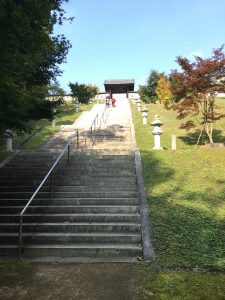
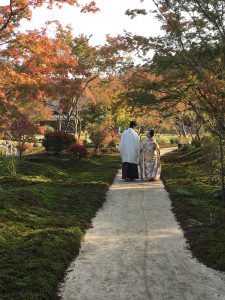
Linking all these buildings are breathtaking Zen gardens with ponds, bridges and cozy pathways.
Shinshoji Zen Museum and Garden offers much more than a journey to the past with its historical buildings, rituals and paintings. Contemporary art organically finds its place in this private museum. Recently added to the architectural landscape is KOHTEI pavilion designed by the renowned Japanese artist Kohei Nawa and his architecture team SANDWICH. This rather incredible spaceship looking pavilion was indeed inspired by a ship shape as a reverence to the seaside area. It is completely covered with wood shingles and surrounded by a modern version of a rock garden. Visitors are encouraged to come in and enjoy a unique installation in almost complete darkness. It is Nawa’s way of interpreting the teachings of Zen by expressing their essence through contemporary art. Kohei Nawa writes: “KOHTEI is a ship-shaped wooden-cladded building that gives the impression that it is floating on the stone landscape, topped by a traditional shingled roof. Walking through the materiality of the stone ocean and ascending a gradual slope, one enters the interior of the vessel through a small entrance. A vast ocean with slight waves lies in the dark interior. The surface of the ocean subtly glitters.”
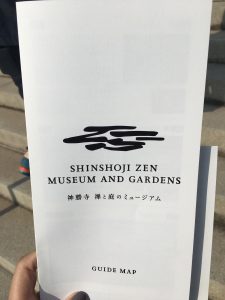
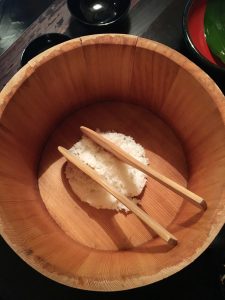
On the way back do not miss the museum shop where you can buy lots of lovely souvenirs of the visit, including Buddhist monks’ giant chopsticks, ceramics, delicate rice paper inspired by KOHTEI and even Pierre Hermes cakes designed together with Kohei Nawa.
It is truly one of those rare museums, which you can experience through all the five senses!
